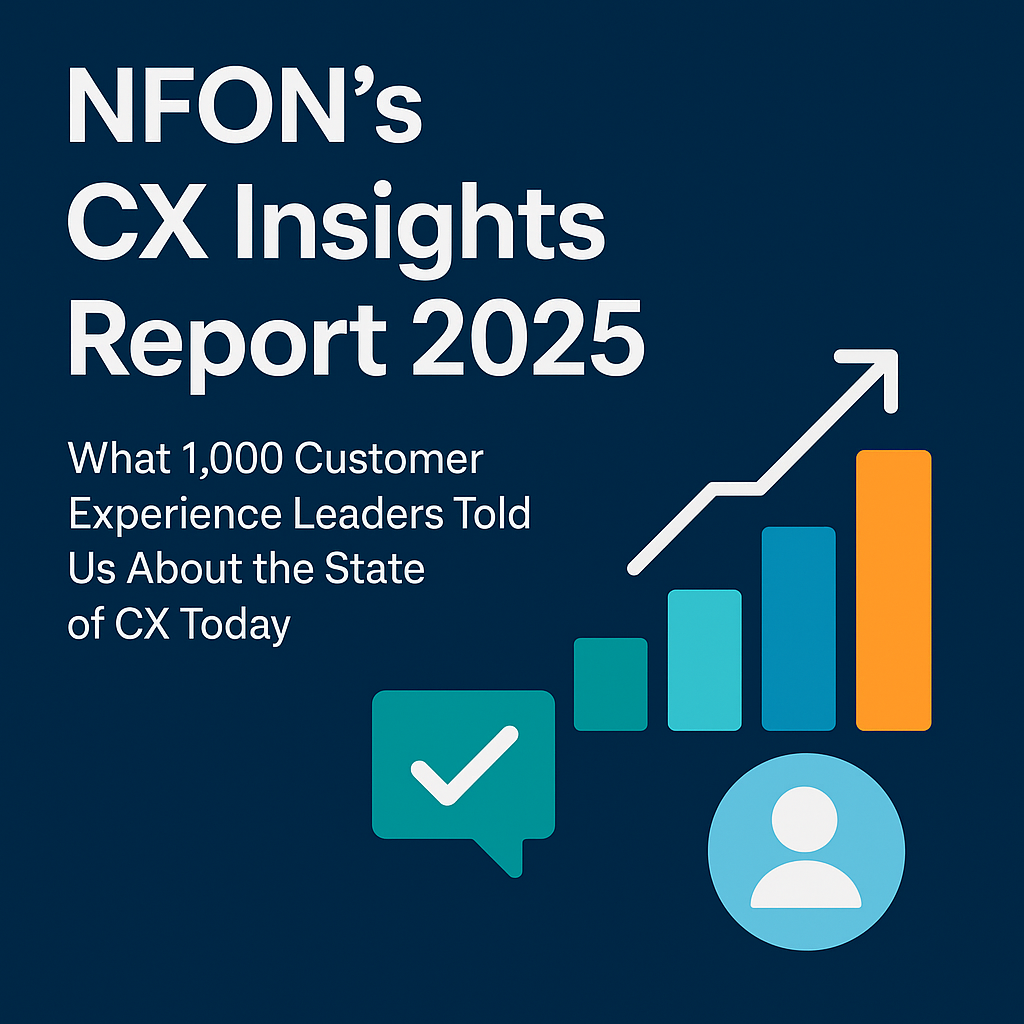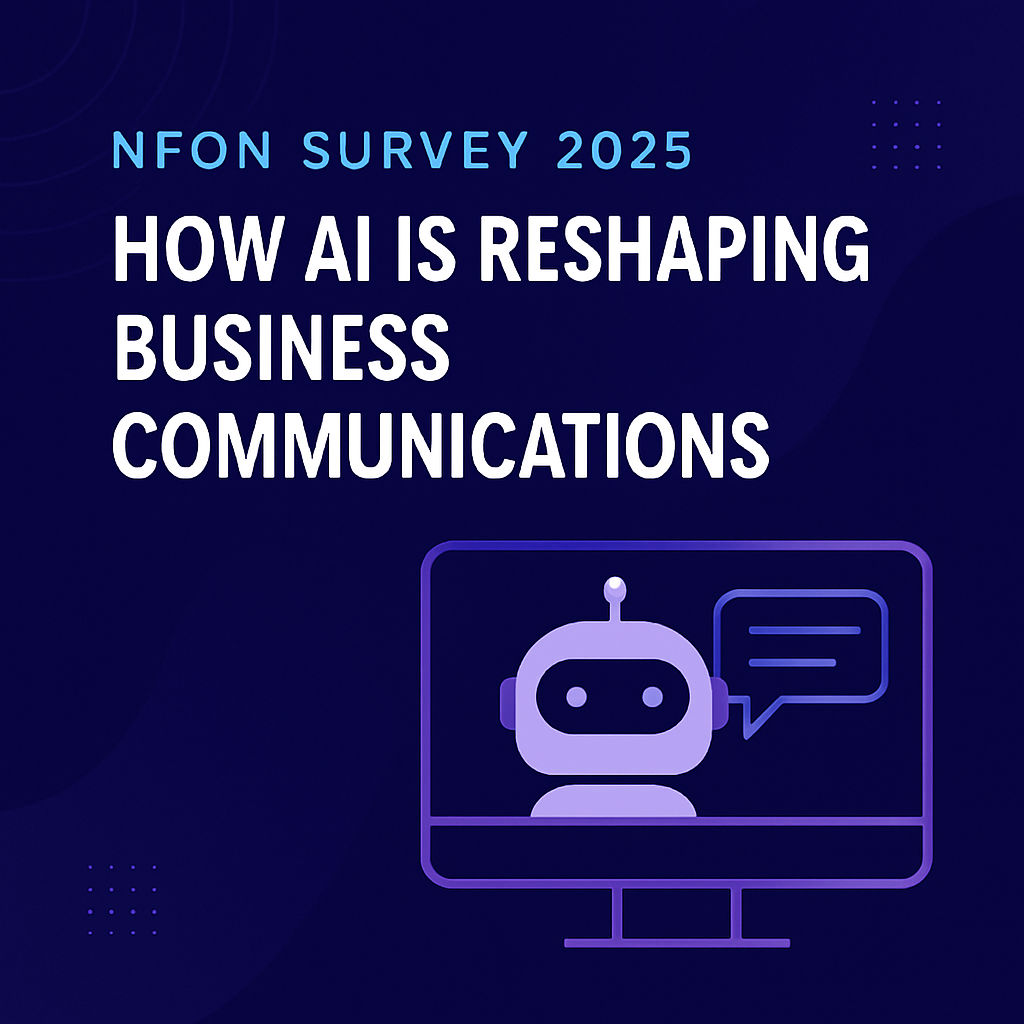Contents
Intro: the growth of cloud adoption
Across a broad range of end uses, the interest in and adoption of cloud-based technologies has seen an exponential upward curve.
Gartner pegged cloud computing as one of the fastest-growing segments of IT spend in 2020, while TechGig have stated that over 95% of organisations are planning to increase their cloud spending budgets throughout the year 2021.
Countless technologies that we use every day have been transformed by cloud solutions, from how we store messages and photos on our mobile phones, to how we enjoy television and music.
Telephony and business communications are another thing that the cloud has helped to completely revolutionise.
And yet, a high percentage of professionals would probably picture something very different to a cloud-based system at the thought of phrases like ‘modern telephony’ or ‘the latest telecoms software’.
Many might find themselves thinking of ‘bullpen’ or open office spaces, packed with rows of desk phones wired up to routers, or bulky on-premise hardware systems, mysteriously humming away in a disused basement.
The state of play in telephony
But while social media platforms, project management tools and videoconferencing apps may have been sitting under a hotter spotlight as of late, the lesser-known fact remains that modern telephony capabilities have evolved incredibly in recent years.
The cloud telephony services market is expected to see significant growth. Data from Statista has projected that the cloud telephony market will grow by another 17.8% over the course of 2021, having grown 9% in 2020.
Forecasting from BusinessWire anticipates cloud telephony will see an impressive 10% growth rate from now until the year 2025, and an incredible 69% of businesses now use an internet-based voice service such as VoIP or a UC solution (according to this report from Nextiva).
The world of telecommunications and modern telephony is much richer than our old-school perceptions of enterprise telephony would have us believe.
So rich in fact, we’re going to rewind for a second, and break down some of the key terminology that so often gets used in typical conversations around modern telephony.
Your Modern Telephony Glossary
A lot of jargon tends to get thrown around in conversations surrounding modern telephony – particularly acronyms and initialisms.
What makes things even more confusing is that many if not most of them are used interchangeably.
Just when you think you’ve reached a point of having a good understanding, you find yourself consulting Google to settle things...again.
So, before we go any further and lay out which systems, solutions and technologies are leading the way for modern telephony, and how they can benefit businesses like yours, let’s quickly establish what a few terms mean.
-
VoIP
VoIP stands for Voice over Internet Protocol, and as you might have guessed, it refers to technology that transmits voice signals over the internet.
It does so by processing and delivering calls in real time in the form of thousands and thousands of packets of data, thus eliminating the need for costly wiring and hardwire required by earlier communications systems.
Similarly to how PBX has evolved and can refer to several different systems, VoIP initially emerged during the days of broadband internet, and has since progressed parallel to the wider world of comms, with cloud VoIP now leading the way.
As well as cutting costs in terms of equipment, maintenance, repair, per minute charges and per feature charges, VoIP served to level the playing field by opening up enterprise grade telephony – formerly reserved for the likes of large corporations – to businesses of any size, in terms of affordability and capacity to scale up or down. -
PSTN
PSTN stands for Public Switched Telephone Network (also known as Plain Old Telephone System or POTS...yes, really).
If you’re a part of the landline generation, just think of it as what enabled your home phone to work.
Initially, PTSN was a completely analogue network of fixed telephone lines, using an underground wiring infrastructure made out of copper.
Today, while some parts of its initial infrastructure are still in place, the core network has transformed to be mostly digital. - ISDN
ISDN (or Integrated Services Digital Network) infrastructure was introduced by BT in 1986, to allow more types of data from different systems to be transmitted via the same network.
In addition to voice calls, it also supports the transmission of video, data and fax messages, but it uses digital signals to do this, rather than an analogue one.
Essentially, this was an upgrade for PSTN, enabling both analog and digital communication (including video, image, voice and text) to be sent over the existing PSTN lines.
In the UK in 2015, BT announced that they would be phasing out their ISDN infrastructure, with a view to switching it off altogether in the year 2025.
Businesses behind the curve
Press releases and mainstream media stories may have been sensationalising the power of Slack, Zoom, Microsoft Teams, Google Workspace tools, and everything in between, but today’s best business telephone systems can not only match their capabilities, they can also combine this rich mix of features into one convenient package.
Modern telephony capabilities are far from out of date or technologically primitive.
The problem is simply that a large number of organisations are still yet to have caught up with the curve of progress.
Modern telephony and diffusion of innovation
While modern telephony systems seem to have surpassed the mainstream tipping point in relation to the law of diffusion of innovation, there is still an issue of what is referred to in terms of this law as late adopters.
According to Ofcom’s 2018 Communications Market Report, there were 33.1 million fixed landlines in the UK in 2017 (including ISDN), speculating that approximately 6.4 million of those belonged to businesses.
While Nextiva’s 2020 State of Business Communications report declared 34% of organisations to be using on-premise phone systems, and 50% to be using traditional telecoms providers.
And according to a study by TalkTalk Business, 25% of UK businesses still weren’t aware of the planned switch off date when questioned.
Usually, when a business is late to adapt to an industry change or technological innovation, all they lose out on are the perks of early adoption.
This is not the case with telephony. With the ISDN Switch Off approaching fast, the need to adopt modern communications software is a far more urgent matter of survival.
Reasons for slow adoption
Oftentimes in the case of being slow to adapt, or reluctant to invest in a new technology, the reasons include concerns around matters such as security and cost.
Ironically, it is businesses still running on PBX hardware that are missing out on the incredible benefits of modern telephony, which include significant cost savings, and superior security credentials, among numerous others.
Many other businesses know they have outgrown their legacy telephone systems but are hesitant to upgrade due to a lack of knowledge around which solution to migrate to.
We understand that it can be easy to fall out of the loop. If your team doesn’t have a person or department specifically employed to keep an eye on these areas of technology, it can be far too easy to lose track while your head is in the trenches, ploughing through your everyday workload.
But not to fret, that’s why we put this guide together in the first place.
The ISDN Switch Off: what you need to know

2025 might sound a long way off into the future, but in the corporate world where old habits die hard, and making change happen can be arduous, it’s a relatively short period.
Plus, when we consider that ISDN lines themselves will no longer be available for purchase or renewal after September 2023, that window of time starts to look even narrower.
Businesses have two options when migrating their telephony systems to VoIP:-
-
Cloud-hosted telephony
Cloud-hosted telephony (or simply cloud telephony) is a software-based system that integrates with all of your organisation’s devices. Cloud telephony allows you to work across desk phones and mobiles to PCs and laptops, anytime, anywhere, all through one simple interface and telephone number.
Cloud telephony services are provided by a third-party, who users pay on a month-to-month subscription basis. -
SIP trunking
SIP trunking is an on-premise, hardware-based system that integrates with your existing PBX and phone lines, and connects them to a Voice over Internet Protocol.
A SIP trunk must be installed by your own IT team (or you can outsource for the occasion), as it is maintained on site. While this dynamic grants you sole ownership and management of your telephone systems, it’s a bit of a Frankenstein approach. Patching up what you’ve already got is not as good as implementing the best solution available.
As you might have inferred from the title of this page, out of the two, we vouch for Cloud-hosted telephony.
First, we will explain why this is the case by looking at the benefits of cloud telephony overall, then we’ll take a comparative look at cloud telephony vs SIP.
Cloud telephony supports agile working
Above all else, cloud-based telephony systems can unlock incredible new freedoms in the way that you and your team work, thanks to its elastic ability to be flexible, mobile and limitlessly scalable (either up or down).
Working with a third-party cloud software provider enables your entire team to stay connected to your company line across a multitude of devices, locations, users and time zones – the same superior connectivity can be enjoyed by all, through one single interface, and one familiar office number.
This mobility and flexibility is ideal for an already distributed workforce, or for teams that want to empower more remote or home workers to work the way that suits them best, on their preferred device.
We think cloud technology is the most underrated work from home technology, here's why.
Cloud vs SIP: flexibility/mobility
While SIP trunking is often pitched to larger teams, say of 25 employees or more, it does not offer anywhere near the same mobility benefits as cloud telephony.
Cloud telephony is not only more suitable to SMEs, but also optimal for geographically distributed teams of all sizes. If you are looking to empower your people through agile working, cloud communications are the way to go.
Cloud telephony brings significant cost savings
According to Finances Online, leveraging cloud telephony can allow users to save 90% on international calls, 75% on operational costs, 40% on local call bills, and 30% on phone bills.
Unlike hardware-based systems, which require significant upfront investment, cloud-based systems can be set up with no upfront costs or ‘hidden fees’ (making them perfect for an OPEX model).
Payment is taken month-to-month on a subscription-based deal, and if you take your system out with the right provider, this should be flexible too, with no nasty tie-in to any unreasonable long-term commitments.
Cloud vs SIP: Cost savings
As SIP trunking works on the basis of owning your own telephone line, the upfront hardware costs involved can be really steep.
Cloud systems on the other hand work on predictable and manageable monthly fees. While the CAPEX model of ownership takes years to recoup its costs, making it simply not viable for small and medium-sized businesses.
And if at any point you decide to change your mind, you have a proverbial albatross around your neck in the form of heavy, on-premise hardware that needs shifting!
Cloud telephony is always up to date
One of the most powerful features of the cloud in all areas, is its ability to ensure you are always running on the latest technology.
This removes the time and cost of training, maintenance and ongoing system upgrades associated with older or hardware-based telephony systems – not to mention the accumulative real-world impact these processes can have on your overall output or productivity.
With cloud-based telephone systems, you never need to worry about investing time and money into your next system upgrade again. Your solution stays futureproof for life.
Cloud vs SIP: Futureproofing
While SIP trunking provides some semblance of flexible technology, it does not update and upgrade itself on the fly as the cloud does.
It is adaptable, but not reactive, and therefore it is not definitively future-proof as a telephony solution.
Learn more about how the cloud gives you up to date office technology, forever.
Cloud telephony provides security you can trust

One of the advantages of cloud-based telephony being supplied via a vendor is that they are responsible for keeping you up and running no matter what.
Service continuity is built into their business model.
Not only is regularly testing the efficacy of their disaster recovery processes needed for their compliance certifications, but they store your data in centres that are subject to regular audits and strict regulations.
Any cloud-hosted solution worth its salt will also use the cloud to provide a robust failsafe in the event of a connectivity issue or some other form of unexpected downtime – such as switching from your computer system to your telephone.
Cloudya by NFON is built on fully-redundant architecture, which means that services can keep running even during a system failure
Superior connectivity is key to keeping a physically distributed workforce performing at their best.
Discover the three traits of a trustworthy unified communications system.
Cloud vs SIP: Business Continuity
A number of sources suggest that SIP is the most commonly targeted Voice over Internet Protocol.
Security Intelligence found an upward trend in attacks targeting SIP. While according to CallHippo, 94% of small to medium sized businesses report discovering security benefits in the cloud that they didn’t have with their on-premise system.
And with SIP using physical on-premise hardware, this means users of it must allow for the very thing that houses all their data and keeps their business up and running as usual to reside in one place, whereas cloud telephony is supported by a georedundant infrastructure of sometimes multiple data centres.
Conclusions
Collaboration tools might have attracted more limelight and mainstream news headlines, but the evolution of enterprise telecoms software has been far more significant.
Communications technology has now reached a point of no return, and more businesses need to realise the urgent importance of migrating their telephony infrastructure away from ISDN lines and into the cloud.
Not only is adapting to cloud telephony a matter of survival, it’s simply the better option for business. Cloud telephony represents incredible return on investment for businesses of all sizes, and the sooner they can adopt it, the better.
Cloud telephony: the takeaway points
- Cloud telephony represents the cornerstone of communications technology, capable of unlocking more freedoms and functionalities than most of the piecemeal collaboration tools and apps used by businesses on a daily basis.
- But while VoIP protocols have reached a tipping point in terms of market penetration, there is still an urgent issue of late adoption; millions of businesses are still using systems that rely on the very ISDN lines which will be switched off in 2025.
- Businesses have two options when it comes to their future communications solution: cloud-hosted telephony or SIP trunking; at NFON, we recommend cloud telephony, and believe it to be best suited to almost all organisations.
- Cloud telephony offers numerous long-term benefits, including:
- Unparalleled flexibility to free up agile ways of working
- Significant cost savings with no upfront investment requirement
- Reactive software that remains futureproof for life
- And superior connectivity and security that users can confide in.









